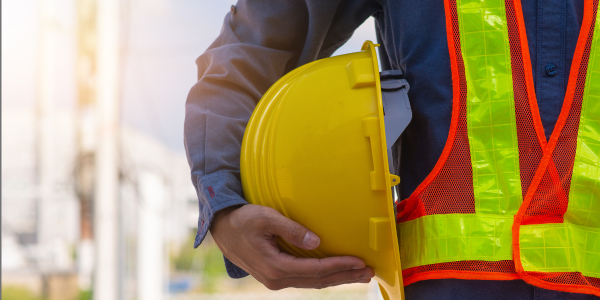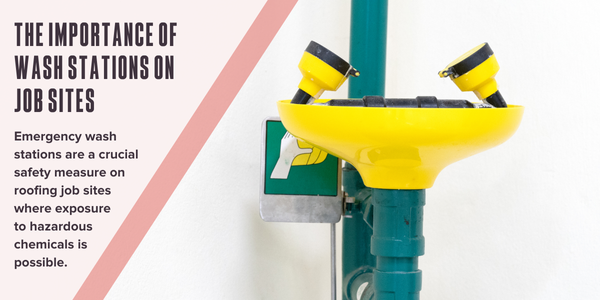Two Tips for Foot Protection

OSHA does not force companies to purchase shoes for its employees but requires companies to ensure its employees are wearing the appropriate footwear.
The Bureau of Labor Statistics reports that almost 5% of nonfatal workplace accidents requiring time off are foot related. On construction sites, footwear serves two purposes: (1) protect the feet from punctures, sprains, and injuries, and (2) provide sufficient traction to prevent slips and falls.
The following tips can help roofer protect their feet on the job:
- Selecting the Right Type of Shoe. The American National Standards Institute provides recommendations based on your needs If you are looking for protection from impact, footwear rated at I/50 or I/75 will offer protection of impact at 50lbs or 75lbs, respectively. When compression is your primary concern, look for ratings of C/50 or C/75 for compressive loads of 1750 lbs. or 2500 lbs. Working in a high voltage area. your shoes should be capable of surviving shocks up to 18,000 volts. For protection from puncture wounds, make sure your shoes can survive a puncture force of 270 pounds. Lastly, ensure your shoes have the high-quality traction to prevent slippage while on the roof.
- Proper Shoe Maintenance. Check safety shoes at regular intervals to determine whether they should be replaced or, at a minimum, cleaned. Any time a heavy object hits a safety toe, the boot’s toe could be compromised and needs to be replaced. Pieces of metal or other contaminants embedded in shoe soles should be removed immediately. Shoes should be regularly cleaned and maintained for both safety and increased longevity.
As always, safety first. The cost of a pair of safety shoes is small compared to a foot injury that can put an employee out of work for days or weeks, as well as cause permanent disability or worse. Injury can result in thousands of dollars of workers' compensation fees and lost productivity. Protective footwear provides a vital layer of protection for a company’s most valuable asset, its employees.
Disclaimer: The information contained in this article is for general educational information only. This information does not constitute legal advice, is not intended to constitute legal advice, nor should it be relied upon as legal advice for your specific factual pattern or situation.
Cotney Construction Law is an advocate for the roofing industry and General Counsel of NRCA. Its attorneys practice in all areas of construction law. The firm works extensively on matters relating to OSHA defense, which includes the management and development of safety and health strategies for construction contractors across the United States. The firm’s OSHA practice concentrates on litigation and the appeals of citations involving catastrophic construction-related accidents. For more information, please visit www.cotneycl.com.






















Comments
Leave a Reply
Have an account? Login to leave a comment!
Sign In